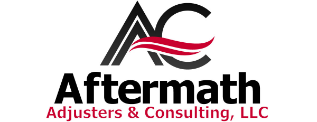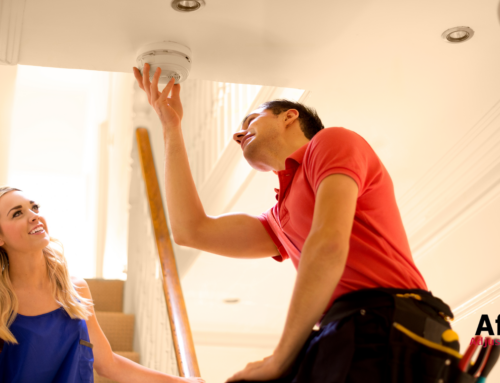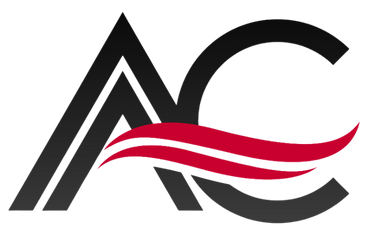Homeowners affected by hurricane storm damage often experience mold damage as well. Here is what you should do if you notice the signs of mold growing in your home or business after a hurricane.
1. Discovery of Mold
Mold is found wherever you have moisture. This organism can live almost anywhere on almost any surface. As mold grows, it spreads through airborne spores. When these spores land on a wet surface, they grow and reproduce.
The high humidity in Florida makes it the perfect place for mold to thrive. Unfortunately, toxic mold thrives in humidity above 55% – something that is often present in Florida and very likely after a hurricane. So, a home that experiences water and flood damage due to a hurricane is likely to experience mold damage that gets out of hand very quickly. This can cause health risks to anyone living within the home as well as considerable property damage.
If you have a mold issue after a hurricane, you may notice:
- Musty odor
- Stains on the walls or ceiling
- Peeling wallpaper
- Asthma or allergy issues
2. Determine If You Have Coverage for Mold Damage
Repairing mold damage is expensive. That’s why many insurance companies exclude mold damage or limit their coverage. They may even try to suggest a remediation process that does not remove the mold from unseen places, like behind walls or baseboards.
Check your policy to determine if you have coverage for mold damage. If you are unsure, contact a public adjuster to help you understand your policy and your current damage.
3. Contact Your Insurance Provider
As soon as you notice mold, you should contact your insurance company. If possible send photos. They will send one of their adjusters to inspect the damage and create a report. This report will be the main document used by your insurance company to determine if they will pay the claim.
4. Contact a Public Adjuster
Keep in mind that the insurance adjuster works for your insurance carrier. Because mold claims are expensive, it is in the best interest of insurance companies to deny a claim or offer a low payout. They may also suggest that you sign a release so that they don’t have to spend more if more damage is discovered later on.
Aftermath Adjusters & Consulting, LLC highly recommends that you do not sign a release until you’ve spoken with a third-party professional – a certified public adjuster. Remember that the insurance adjuster works for your insurance carrier, and not you. You need someone to represent you in the process.
That’s exactly what a public adjuster does. They have the resources and tools to help you determine the cause of the mold damage, what it will take to remediate the damage, fill out all the documents to prove the claim, and help you get the highest possible payout. If you have a mold claim, then you need the help of an expert.
How Aftermath Adjusters & Consulting Can Help
Aftermath Adjusters & Consulting consists of public adjusters and specialists who know how to best file a mold insurance claim. If you hire the Aftermath Adjusters & Consulting team, you will receive:
- An intermediary to contact your insurance company
- Someone to be at on-site inspections
- A review of the damages to your property
- Appropriate documentation
- Negotiation to get the best possible settlement
- Help filing an appeal in the event of a claim denial
- Consistent communication throughout the entire claims process
If you have suffered mold damage after a hurricane, call Aftermath Adjusters & Consulting to speak to one of our experienced and knowledgeable public adjusters. Let us help you with your claim so you can get back to living your life. Call today.









